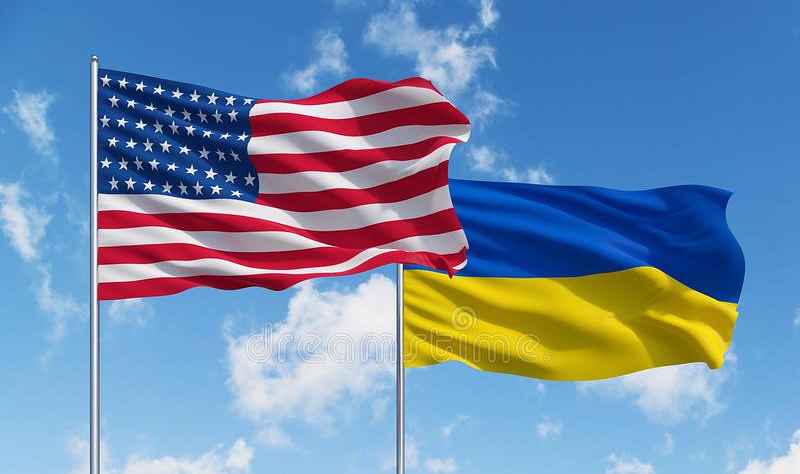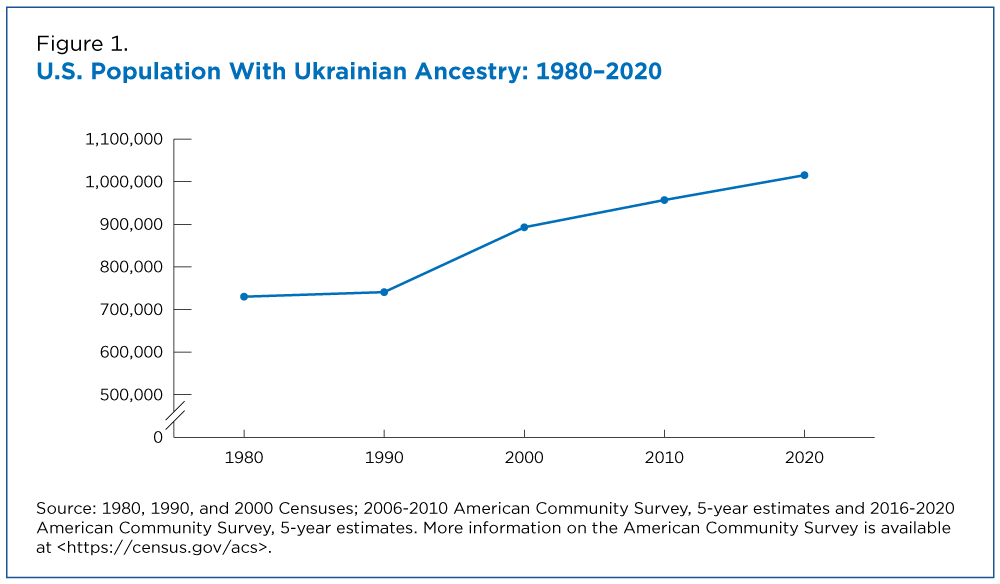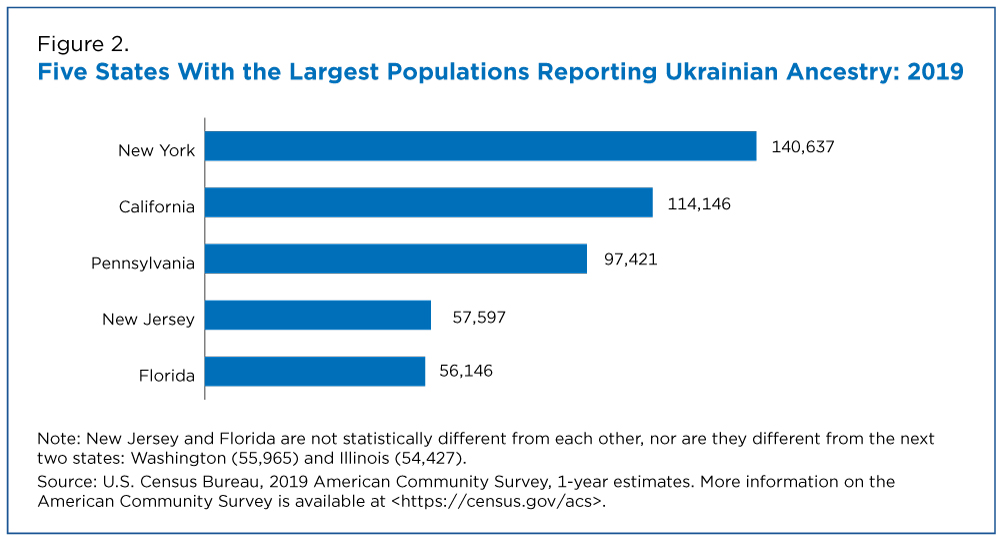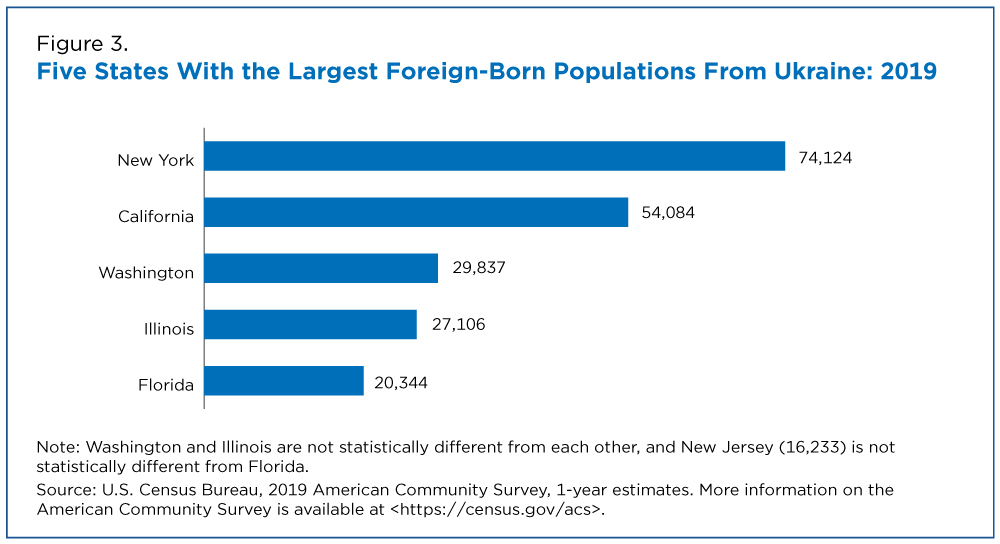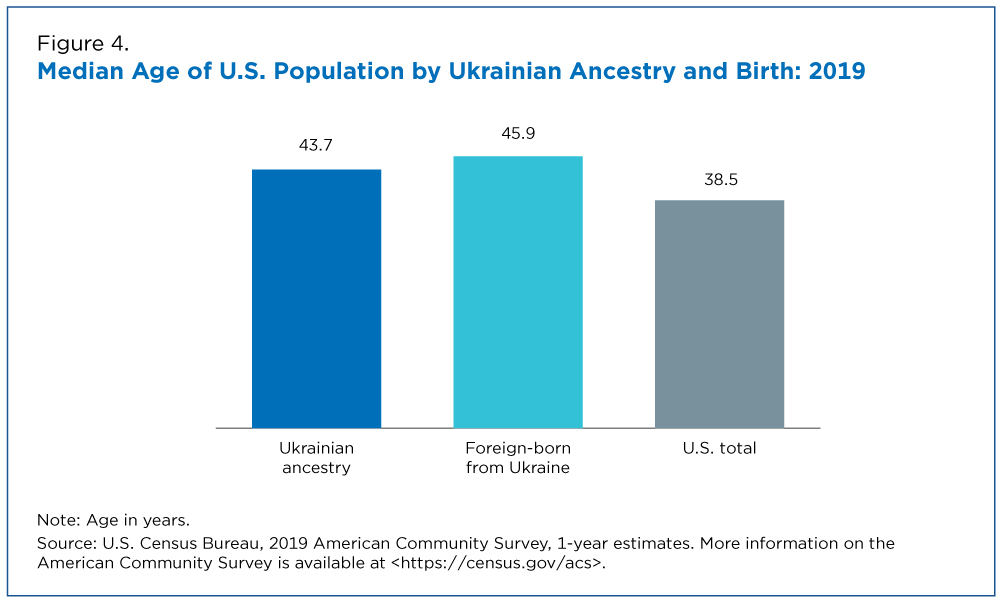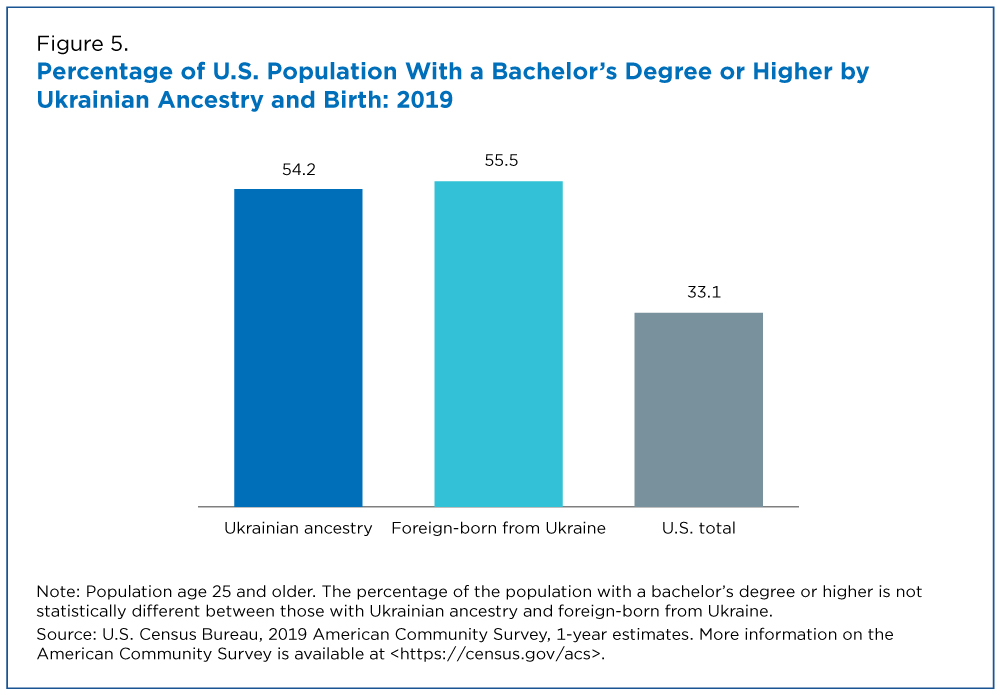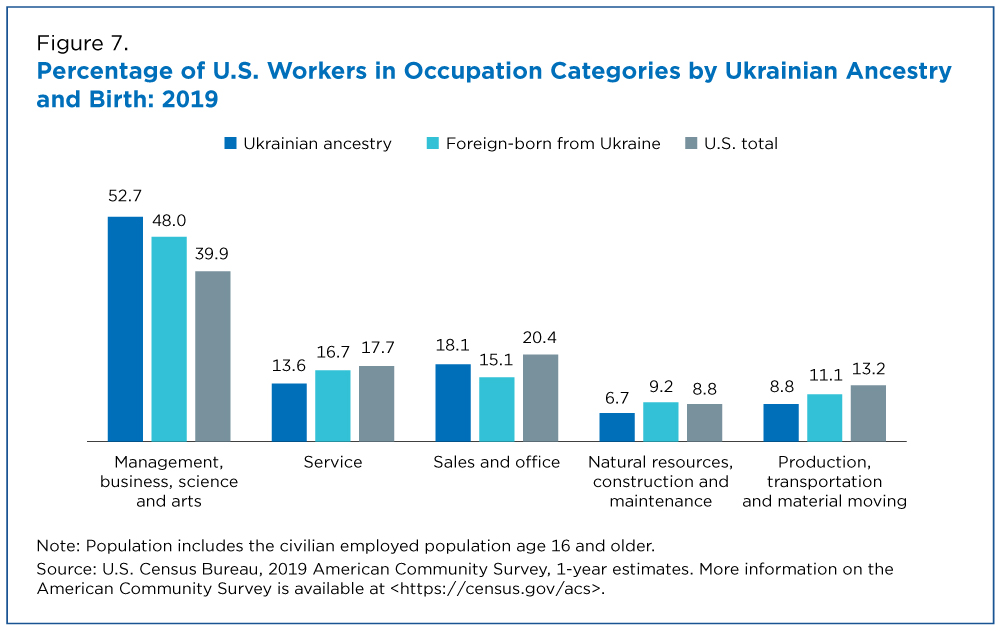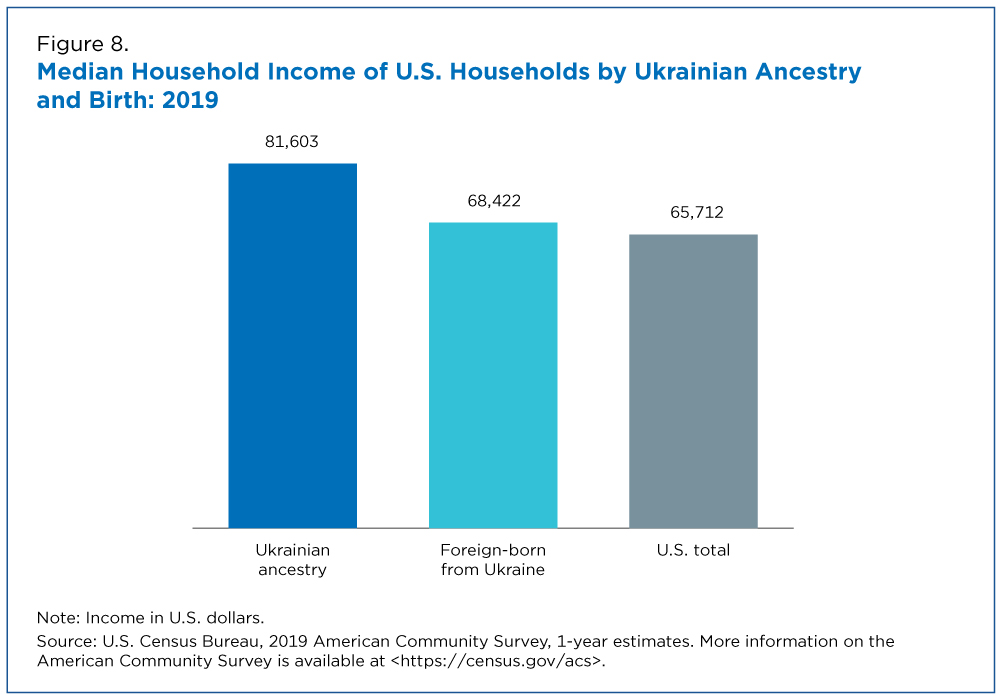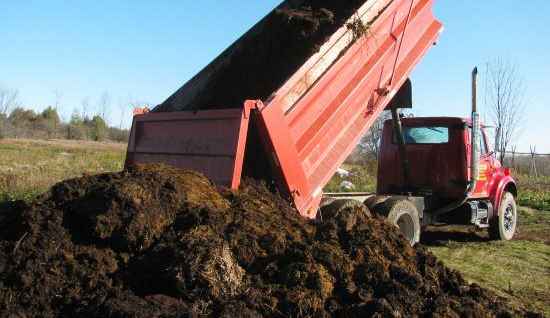

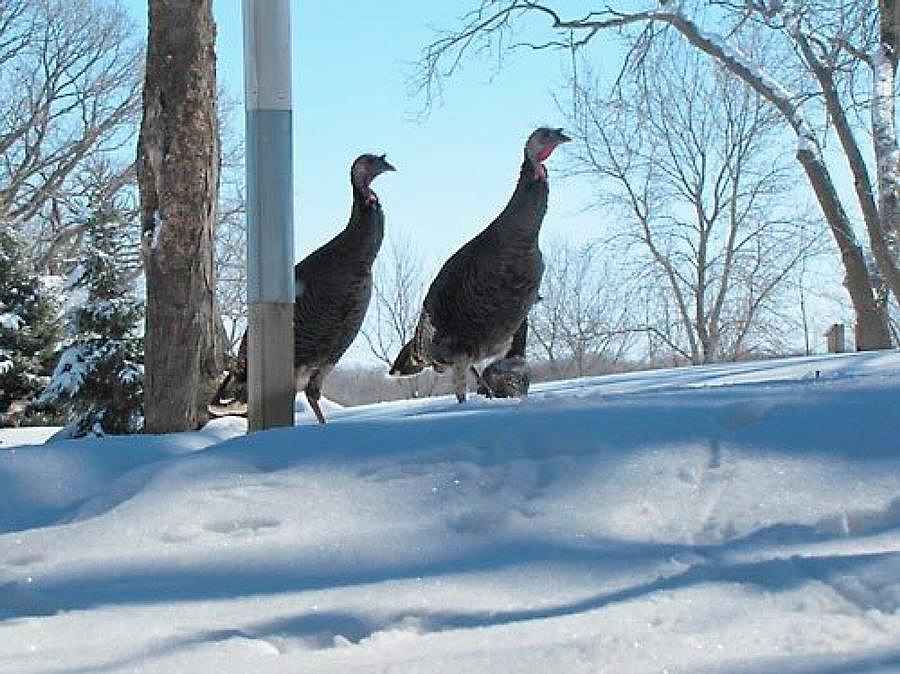




See listing of Recent and Most Popular articles on the Home Page
My World
Category: General / Topics: Current Events, News • Demographics • History • News • Statistics
More Than One Million Americans Report Ukrainian Ancestry
Posted: July 8, 2022
Nation's population of Ukrainian ancestry grew fastest after dissolution of Soviet Union…
Editor's Note: People who knew little or nothing about Ukraine and its people may still not know much about them nearly six months into the war spawned by the Russian invasion back in late February. You may see the Ukrainain flag or display using its blue and yellow colors, and news reports still occur on a daily basis as Russia solifiies its hold on eastern Ukraine. But, what do you know about Ukrainians living in the U.S., many of whom came here in the 1990s falling the collapse of the Soviet Union. To learn more, read the following report by the U.S. Census Bureasu, compiled by Virginia Jenkins, Angela Buchanan, Shabnam Shenasi Asari and Joyce Hahn.
When the U.S. Census Bureau began collecting information on ancestry in 1980, there were an estimated 730,056 people who claimed Ukrainian origins.
That number did not substantially change until after the dissolution of the Soviet Union in 1991. By 2020, the Ukrainian population in the United States had topped one million.
The Census Bureau’s American Community Survey (ACS) data (1-year and 5-year estimates), along with decennial census data from 1980, 1990, and 2000, give us current and historical perspectives on the U.S. population with Ukrainian ancestry and on the foreign-born population from Ukraine.
Together, these data paint a demographic and socioeconomic portrait of these populations, from where they live and how old they are to what jobs they hold and how much they make.
The U.S. population with Ukrainian ancestry did not grow substantially in the 1980s but grew at a faster rate during the 1990s after the breakup of the Soviet republics.
Defining Ukrainian Ancestry and Foreign-Born From Ukraine
Data about the population with Ukrainian ancestry are gathered from the ancestry question on the ACS. “Ancestry” refers to a person’s self-identification of their ancestry or ethnic origin and can include descent, roots, heritage, or place of birth of the person or their ancestors.
People who identify with a specific ancestry could have been born abroad or in the United States. That is why the number of people identifying with a certain ancestry is usually larger than the number who were born in that country.
In this analysis, Ukrainian ancestry includes those who reported Ukrainian ancestry only as well as people who reported other ancestries in addition to Ukrainian.
Data on the foreign-born from Ukraine are derived from the citizenship question and the place of birth question on the ACS.
“Foreign-born” refers to anyone who is not a U.S. citizen at birth. This includes naturalized U.S. citizens, lawful permanent residents (immigrants), temporary migrants (such as foreign students), humanitarian migrants (such as refugees and asylees), and unauthorized migrants.
The term “foreign-born” does not include those who had at least one U.S. citizen parent when they were born, since those individuals acquired U.S. citizenship at birth.
“Foreign-born from Ukraine” refers to foreign-born individuals born in Ukraine. In other words, individuals who were born in Ukraine, excluding those who had at least one U.S. citizen parent when they were born, are foreign-born from Ukraine.
Note that the foreign-born population from Ukraine may include individuals who do not report Ukrainian ancestry. In this story, “foreign-born population from Ukraine,” “born in Ukraine,” and “Ukrainian-born population” are used interchangeably to refer to the foreign-born population born in Ukraine.
Historical Population Trends
The U.S. population with Ukrainian ancestry did not grow substantially in the 1980s but grew at a faster rate during the 1990s after the breakup of the Soviet republics. According to the most recent estimates (2016-2020 ACS), the total Ukrainian population was 1,015,209.
Where They Live
According to the 2019 ACS 1-year estimates, New York has the highest number of people who reported Ukrainian ancestry (140,637), followed by California (114,146) and Pennsylvania (97,421). There were also 50,000 or more people with Ukrainian ancestry in New Jersey, Florida, Washington and Illinois (Figure 2).
New York also has the highest number of people born in Ukraine (74,124). The state with the second highest number born in Ukraine was California (54,084). Washington, Illinois and Florida all had 20,000 or more people born in Ukraine (Figure 3).
Age
With a median age of 45.9 years, the foreign-born population from Ukraine is older than the population with Ukrainian ancestry (43.7 years) and the total U.S. population (38.5 years) (Figure 4).
Education
Over half of people with Ukrainian ancestry and foreign-born from Ukraine age 25 and older have a bachelor’s degree or higher (Figure 5). By comparison, 33.1% of the total U.S. population age 25 and older reports having a bachelor’s degree or higher.
Labor Force
0The Ukrainian-born population age 16 and older is more likely than the total U.S. population age 16 and older to be in the labor force (Figure 6).
Occupations
Notably, among those ages 16 and older in the labor force, people with Ukrainian ancestry (52.7%) and foreign-born from Ukraine (48.0%) are more likely to be a part of management, business, science, and arts occupations compared to 39.9% of the U.S. population (Figure 7).
People with Ukrainian ancestry and foreign-born from Ukraine ages 16 and older in the labor force are less represented in production, transportation, and material moving occupations than the U.S. population age 16 and older in the labor force.
Household Income
With a median household income of $81,603, those who reported Ukrainian ancestry outpace both the foreign-born from Ukraine and the total U.S. population (Figure 8).
Their income is about $13,000 higher than the median estimate for Ukrainian-born and about $16,000 higher than the household income for the U.S. population.
Virginia Jenkins, Angela Buchanan, Shabnam Shenasi Azari and Joyce Hahn are statisticians in the U.S. Census Bureau’s Population Division.
Search all articles by US Census Bureau Staff
Posted: July 8, 2022 Accessed 362 times
 Go to the list of most recent My World Articles
Go to the list of most recent My World Articles
 Search My World (You can expand the search to the entire site)
Search My World (You can expand the search to the entire site)
 Go to the list of Most Recent and Most Popular Articles across the site (Home Page)
Go to the list of Most Recent and Most Popular Articles across the site (Home Page)
0The Ukrainian-born population age 16 and older is more likely than the total U.S. population age 16 and older to be in the labor force (Figure 6).
Occupations
Notably, among those ages 16 and older in the labor force, people with Ukrainian ancestry (52.7%) and foreign-born from Ukraine (48.0%) are more likely to be a part of management, business, science, and arts occupations compared to 39.9% of the U.S. population (Figure 7).
People with Ukrainian ancestry and foreign-born from Ukraine ages 16 and older in the labor force are less represented in production, transportation, and material moving occupations than the U.S. population age 16 and older in the labor force.
Household Income
With a median household income of $81,603, those who reported Ukrainian ancestry outpace both the foreign-born from Ukraine and the total U.S. population (Figure 8).
Their income is about $13,000 higher than the median estimate for Ukrainian-born and about $16,000 higher than the household income for the U.S. population.
Virginia Jenkins, Angela Buchanan, Shabnam Shenasi Azari and Joyce Hahn are statisticians in the U.S. Census Bureau’s Population Division.
Search all articles by US Census Bureau Staff
Posted: July 8, 2022 Accessed 362 times
![]() Go to the list of most recent My World Articles
Go to the list of most recent My World Articles
![]() Search My World (You can expand the search to the entire site)
Search My World (You can expand the search to the entire site)
![]() Go to the list of Most Recent and Most Popular Articles across the site (Home Page)
Go to the list of Most Recent and Most Popular Articles across the site (Home Page)
 Loading requested view...
Loading requested view...